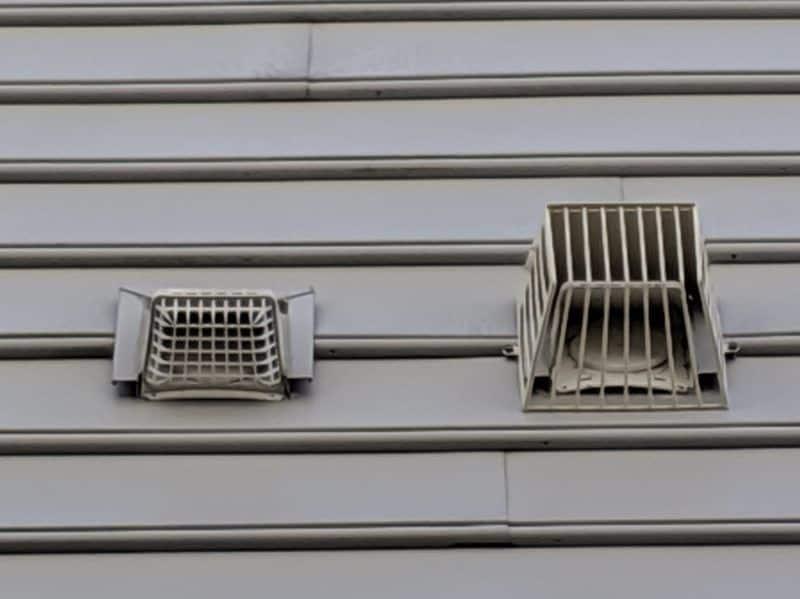Smart Contactor Technology Trends: IoT Integration in Power Systems

Smart Contactor Technology Trends - Smart contactor technology trends focus on IoT connectivity, predictive maintenance, and digital integration for intelligent energy management.
Smart contactor technology represents the convergence of traditional electromechanical switching with embedded electronics and digital communication. These devices provide diagnostic data, remote control, and integration within industrial IoT ecosystems.
Functional Enhancements
Sensors within the contactor measure coil current, voltage, and temperature. Microcontrollers process data and communicate via fieldbus or Ethernet protocols to supervisory systems.
Key Capabilities
Real-time health monitoring and predictive maintenance alerts.
Energy-consumption tracking for efficiency optimization.
Remote configuration and actuation through network interfaces.
Technological Enablers
Advances in miniaturized electronics, low-power wireless communication, and cloud-based analytics make smart features feasible even in compact contactors. Standard communication protocols (Modbus, PROFINET, EtherNet/IP) ensure interoperability.
Industrial Impact
Smart contactors enhance reliability in manufacturing lines, data centers, and energy systems by reducing unplanned downtime. Integration with digital-twin models supports simulation and performance benchmarking.
Market Evolution
As Industry 4.0 adoption accelerates, smart contactors are transitioning from premium to mainstream products. Vendors are offering modular sensor kits and firmware-upgradable platforms to extend lifespan.
Challenges
Cybersecurity, data-integration complexity, and cost parity with conventional units remain focal concerns. Standardization of communication protocols continues to evolve.
Outlook
Over the next decade, predictive-maintenance analytics and decentralized control architectures will establish smart contactors as default switching components across advanced industrial networks.
FAQs
What differentiates smart contactors from conventional ones? Integrated sensing, data communication, and remote-control capabilities.
Which industries adopt smart contactors first? Manufacturing, data centers, and automated process facilities.
What challenges accompany digital integration? Cybersecurity management and interoperability among control systems.





